So, we received two notices from the Cambridge Massachusetts Transportation Service, indicating that we owed $60 (2 x $30) for wrongly parking in spaces reserved for Cambridge residents.
Though we could certainly afford to pay the fine, we decided to contest the tickets. In part, this was on principle—we did not feel that we had broken any rule. Also in part, because we wanted to go to a certain neighborhood in Cambridge anyway and so we could “kill two birds with one stone.”
The announced date for the hearing arrived. We were set to drive to the East Cambridge courthouse. Checking on the time and address, however, we learned that the hearing would actually occur online—so there was no need to get dressed up for our encounter with the local Justice System and we could save some time. We arrived online a bit early. A message on the screen welcomed us by name, noted that we were a bit early, and bade us to be patient. Which we were.
Clerk Annie Lynch (not her real name, but a typical Cantabrigian name) arrived a bit late. Neither she nor we knew how to adjust the various parameters that governed the chat, but eventually we connected and introduced ourselves.
By agreement with Ellen, Howard would be the spokesperson. He explained the reason for the plea:
We have lived in Cambridge all of our adult lives—64 and 60 years respectively. Throughout, we have been good law-abiding citizens.
We have had cars throughout that period and never had been summoned and penalized in this way.
As soon as residents of Cambridge began to receive annual parking stickers (some time ago), we always displayed the sticker in the proper place—and so we had the right to park throughout Cambridge.
Over the decades we have had our own parking spaces at home, so we rarely needed to park on the street.
This past winter, we unexpectedly lost our parking space. While searching for a new one, we parked on the street in spaces reserved for residents like us.
To our surprise and annoyance, we received notification that we had violated the parking rules on April 9th and April 10th of 2025…and therefore owed $60. If we had been travelling for some weeks, we could easily have accumulated hundreds of dollars of fines!
The reason for the alleged parking violation: A few years ago, Cambridge had changed the location on the car where the sticker should be displayed. And so, while we had indeed displayed the sticker, it was no longer in the proper place, and accordingly, we were fined $30 for each violation.
We were not expecting that the violations would be forgiven, let alone both of them. After all, as Clerk Lynch told us, the new place to display the sticker has been in effect for some years. No mercy, even for good, law-abiding citizens!
The surprise ending: As the hearing wound down, she said, “So we will send you the violation notice to your home address: 70 Larchwood Drive.”
“Aha!” I said. “We have not lived there for over five years. Your books are completely out of date. And yet you are accusing us, and making us pay, for exactly the sin that the city of Cambridge has committed.”
To tweak the old phrase, “Clerk Annie Lynch was hoisted by her own petard.” But we still owe Cambridge $60. And we won’t send her this essay! Stepping back: Drawing on our own research on “Good Work,” here’s another way to think of our exchange with Annie Lynch. It pits “neighborly morality” vs. “the ethics of roles.”
To the extent that we have been good citizens of Cambridge for decades, and simply displayed the decal in the wrong spot, Lynch could have treated us as neighbors and let us off the hook. On the other hand, she has the role of the “professional” and perhaps needs to follow the procedures—indeed, the ethics—of her profession. But of course, if she had no latitude, then we should not have been allowed to have a hearing and to contest the decision. It was an unnecessary ritual and waste of everyone’s time.
The fact that the City of Cambridge had been so inattentive to our own address would have given her an opening to cancel or reduce our fine, our sentence. As a professional, she could have said, “Well, in view of your impeccable record, and the discretion given me as an officer of the court, I am going to reduce of cancel your penalty. You might consider donating the saved funds to a worthy cause.” But she did not seize the moment—and perhaps she never does…in which case, it’s not clear that she deserves the label of a “professional” clerk. “Rubber stamp” would be a less flattering, but perhaps more accurate descriptor.












